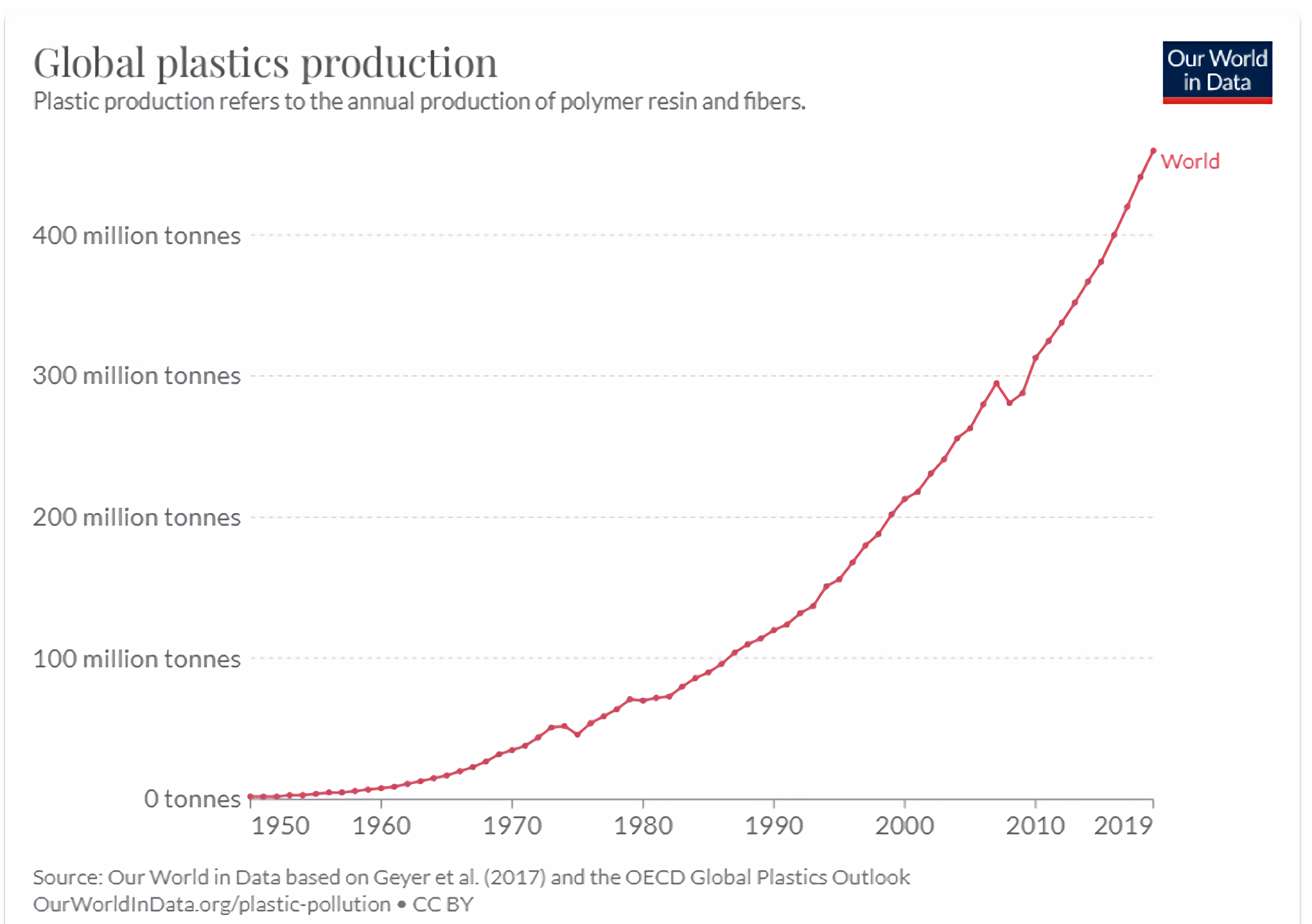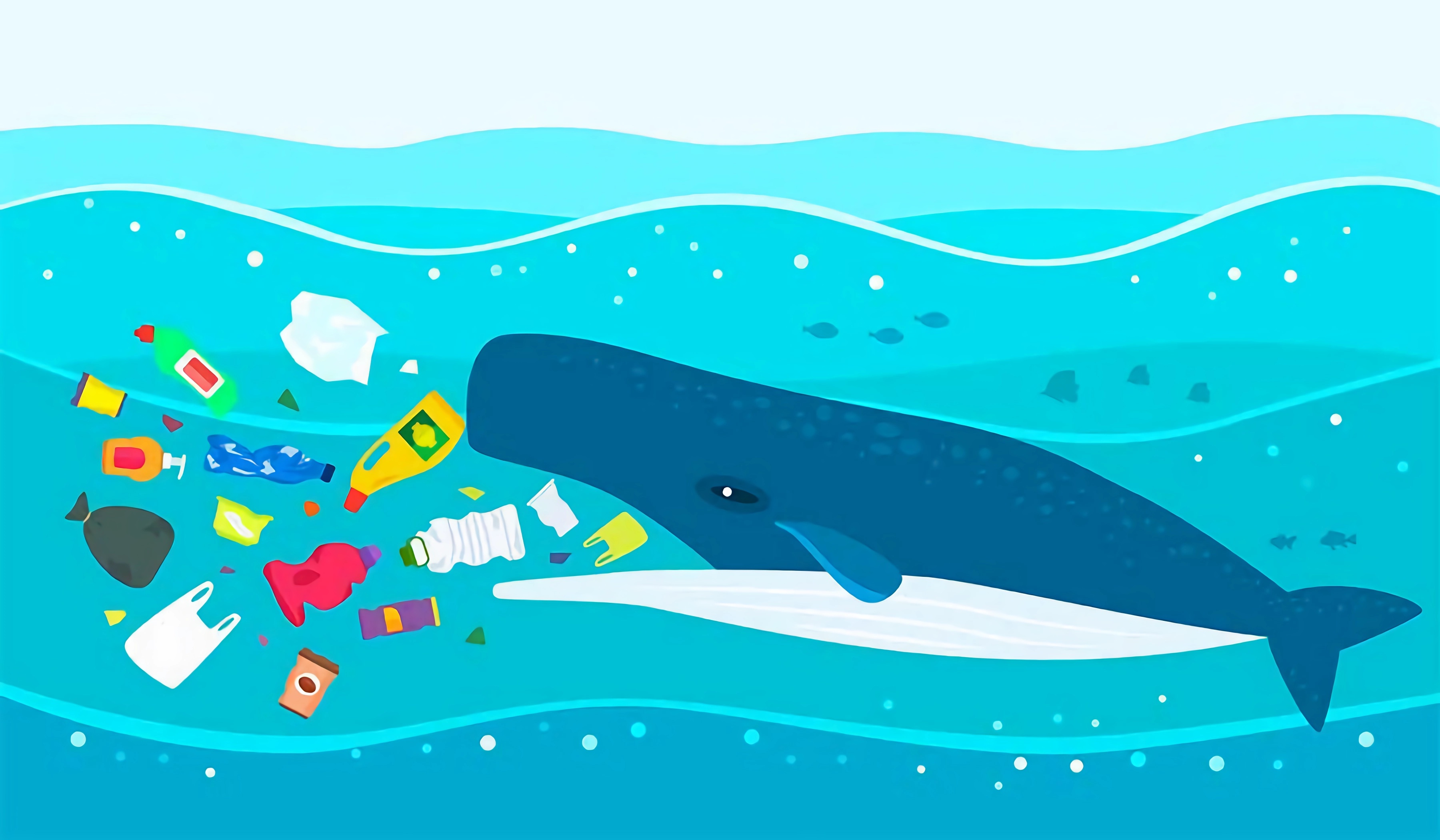THE PLASTIC PROBLEM
Global plastic production and waste
Through the plastic pathway chart of 2010,we can understand the magnitude of input of plastics to the natural environment and the world’s oceans.


From the chart ,we can see the world produces more than 380 million tonnes of plastic every year, which could end up as pollutants, entering our natural environment and oceans.It’s estimated that the share of global plastic waste that enters the ocean through multiple outlets, including rivers is around 3%. if we continue to release more plastics to the ocean, we’ll have more microplastics in our surface waters,because the large plastics that we already have on our shorelines and surface waters will continue to breakdown.
How does plastic impact wildlife and human health?
There are three key pathways by which plastic debris can affect wildlife
Entanglement – the entrapping, encircling or constricting of marine animals by plastic debris.
Entanglement cases have been reported for at least 344 species to date, including all marine turtle species, more than two-thirds of seal species, one-third of whale species, and one-quarter of seabirds. Entanglement by 89 species of fish and 92 species of invertebrates has also been recorded.
Ingestion:
Ingestion of plastic can occur unintentionally, intentionally, or indirectly through the ingestion of prey species containing plastic.
Ingestion of plastics can have multiple impacts on organism health. Large volumes of plastic can greatly reduce stomach capacity, leading to poor appetite and false sense of satiation. Plastic can also obstruct or perforate the gut, cause ulcerative lesions, or gastric rupture. This can ultimately lead to death.
Interaction – interaction includes collisions, obstructions, abrasions or use as substrate.
There are multiple scenarios where this can have an impact on organisms. Ecosystem structures can also be impacted by plastics following interference of substrate with plastics (impacting on light penetration, organic matter availability and oxygen exchange).
For human health, it is the smallest particles – micro- and nano-particles which are small enough to be ingested – that are of greatest concern. There are several ways by which plastic particles can be ingested: orally through water, consumption of marine products which contain microplastics, through the skin via cosmetics (identified as highly unlikely but possible), or inhalation of particles in the air.

Categories
Contact Us
Contact: Mr Ian Newton
Phone: 0044-7792038465
E-mail: sales@solublecare.com
Whatsapp:0086-18968211602
Add: First Floor Office, 3 Hornton Place, London, W8 4LZ, United Kingdom
